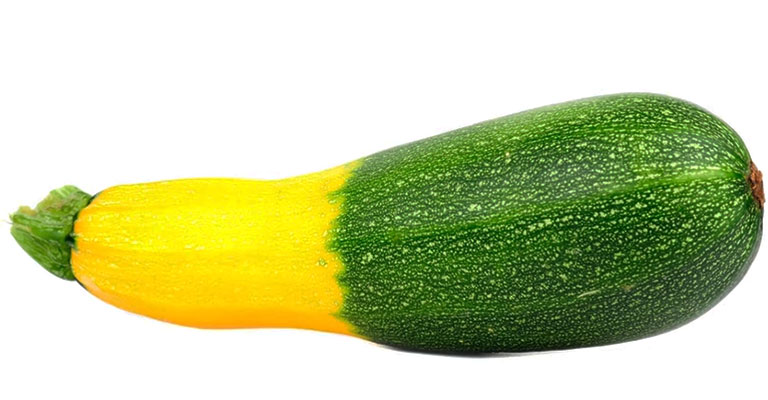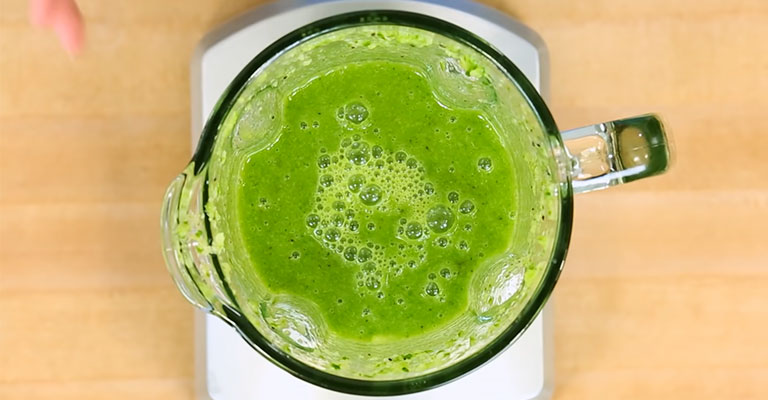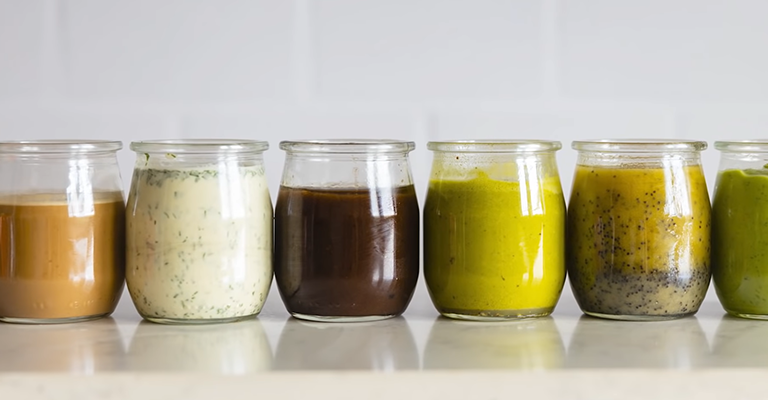Why Is My Ice Cream Gritty?-9 Common Reasons Explained
Ice cream, a universally beloved frozen dessert, delights the senses with its rich, creamy, and indulgent texture. However, for some, this culinary pleasure can turn into a source of frustration when their ice cream emerges with a gritty, unpleasant consistency.
Understanding why ice cream can become gritty is essential for aspiring ice cream artisans. Gritty ice cream is often a result of complex interactions between ingredients, churning, freezing, and storage.
To attain that velvety, smooth texture that defines exceptional ice cream, one must navigate the challenges presented by fat content, sugar dissolution, emulsification, pasteurization, and more.
In this exploration, we’ll delve into the reasons behind gritty ice cream and discover how to avoid or remedy this culinary setback.
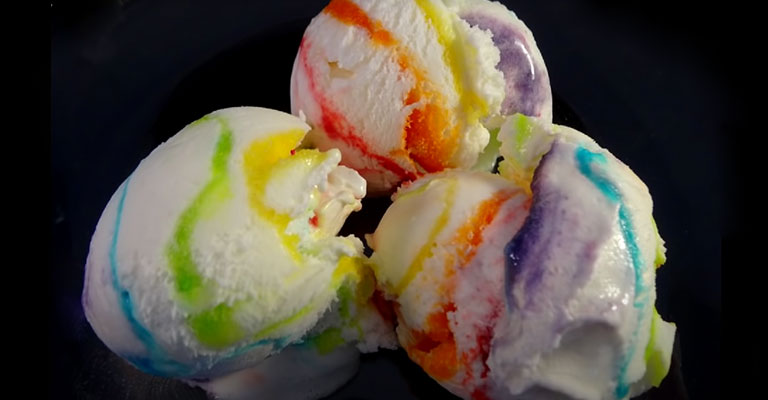
Why Is My Ice Cream Gritty?
When you’ve ever experienced gritty ice cream, you know it can be quite disappointing. Ice cream is expected to be smooth, creamy, and indulgent. However, when it takes on a gritty texture, it can leave you wondering what went wrong.
There are several potential reasons contributing to gritty ice cream:
1. Improper Freezing and Storage
Proper freezing is crucial in ice cream making. The ideal temperature for the freezer is around -20°F (-29°C). If the freezer is too cold, ice cream can freeze too quickly, causing large ice crystals to form.
On the other hand, if the temperature is too high, the ice cream may not be set properly, resulting in a gritty texture. Additionally, fluctuations in temperature can lead to the formation of ice crystals.
2. Over-Churning
Churning incorporates air into the ice cream, giving it a light and creamy texture. However, excessive churning can lead to an overabundance of air, resulting in a gritty texture.
It’s important to follow the manufacturer’s instructions for your specific ice cream maker and avoid over-churning.
3. Inadequate Fat Content
Fat is a key component in ice cream that provides richness and creaminess.
Using low-fat or skim milk, or not using enough cream, can lead to a lack of emulsion, resulting in a gritty texture. It’s important to use the right balance of fats to achieve the desired creaminess.
4. Incomplete Dissolution of Sugar
Sugar is responsible for the sweetness and texture of ice cream. If sugar is not properly dissolved, it can create a grainy texture. Ensure that the sugar is thoroughly mixed into the base before freezing.
5. Improper Emulsification
Emulsification is the process of combining fat and water molecules. If this process is not executed correctly, the fat and water can separate, leading to a gritty texture.
Proper emulsification is crucial for achieving a smooth and creamy ice cream.
6. Inadequate Stabilizers or Emulsifiers
Stabilizers and emulsifiers help maintain the smooth texture of ice cream by preventing the separation of water and fat.
Using too little or too much of these ingredients can lead to texture issues. It’s important to follow recipes carefully and measure stabilizers and emulsifiers accurately.
7. Low-Quality Ingredients
The quality of ingredients directly impacts the final texture of the ice cream. Using fresh, high-quality dairy and eggs is essential for achieving a smooth texture.
Additionally, using good-quality sweeteners and flavorings can make a significant difference.
8. Improper Pasteurization
Pasteurization is a heat treatment process that kills harmful bacteria while preserving the flavor and texture of the ice cream.
When pasteurization is not done correctly, it can lead to problems with texture. Careful attention to temperature and timing during pasteurization is crucial.
9. Refreezing Thawed Ice Cream
Allowing ice cream to thaw and then refreezing it can lead to the formation of large ice crystals. These crystals can give the ice cream a gritty texture.
It’s best to avoid thawing ice cream unless necessary, and if it does thaw, it’s recommended to consume it promptly or use it in a recipe.
Impact of Ingredients on Texture
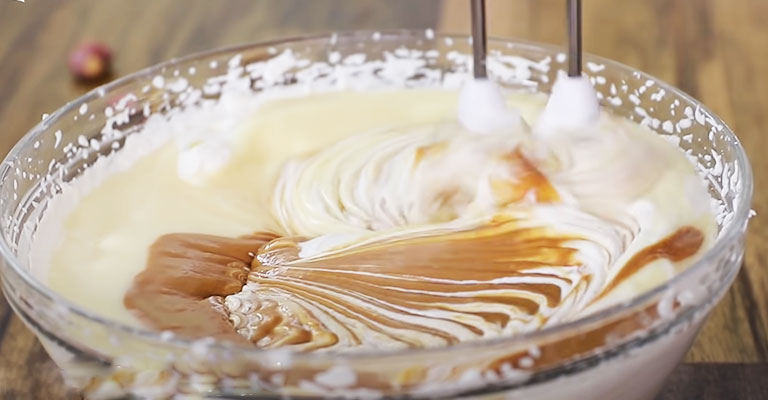
The choice of ingredients plays a pivotal role in determining the texture of ice cream. Each component contributes its own unique characteristics to the final product.
Here’s an in-depth look at how various ingredients impact the texture of ice cream:
Dairy (Milk and Cream)
- Fat Content: The fat content in dairy is crucial for achieving a creamy texture. Higher fat content leads to a richer, smoother ice cream. Cream, with its high-fat content, provides luxurious creaminess.
- Protein Content: Proteins in dairy products act as emulsifiers, helping to bind fat and water together. This contributes to a smoother texture.
Sugar
- Sweetness and Texture: Sugar not only provides sweetness but also affects the texture. Properly dissolved sugar adds a smooth mouthfeel, while undissolved sugar can lead to a gritty texture.
- Anti-Freezing Properties: Sugar lowers the freezing point of the ice cream mixture, which helps inhibit the formation of large ice crystals.
Eggs
- Emulsification and Creaminess: Egg yolks contain lecithin, a natural emulsifier. This helps create a smooth, creamy texture by ensuring that fats and liquids are well combined.
- Stabilization: The proteins in egg yolks also contribute to the overall stability of the ice cream, preventing it from becoming too icy.
Stabilizers and Emulsifiers
Texture Control: These ingredients (like guar gum, xanthan gum, lecithin, etc.) help maintain the texture of the ice cream by preventing the separation of water and fat. They can enhance creaminess and prevent grittiness.
Flavorings
Texture Modification: Certain flavorings, like chocolate or fruit purees, can contribute additional fat, sugar, and solids, which can affect the overall texture.
Alcohol and Other Liquids
Texture and Freezing Point: Alcohol, extracts, or other liquids can impact the freezing point of the mixture. Too much alcohol can lead to a softer texture, while too little can result in harder ice cream.
Inclusions
Texture Contrast: Inclusions add texture contrast to the ice cream. They provide a crunch or chewiness that complements the creamy base.
Air Incorporation
Churning: The process of churning introduces air into the mixture. Proper aeration is essential for achieving a light, airy texture.
pH Level
Acidity: The acidity of ingredients, especially when using fruits or acidic flavorings, can influence texture. High acidity can affect the freezing process and lead to a different texture.
Overrun
Volume and Lightness: Overrun refers to the amount of air incorporated during the churning process. More overrun results in a lighter, fluffier texture.
Texture Enhancers
Gelling and Stabilizing: Ingredients like gelatin can be used to modify texture by providing additional structure and stabilizing the mixture.
Fixing Gritty Ice Cream

When you’ve ended up with gritty ice cream, don’t despair! There are steps you can take to salvage it and improve its texture.
Here’s a guide on how to fix gritty ice cream:
Straining and Re-Churning
- Step 1: Allow the gritty ice cream to thaw slightly in the refrigerator. This will make it easier to work with.
- Step 2: Strain the mixture through a fine-mesh sieve or cheesecloth. This will help remove any large ice crystals or undissolved ingredients.
- Step 3: Once strained, re-churn the ice cream in your ice cream maker. Be cautious not to over-churn, as this could introduce more air and potentially worsen the texture.
Re-Mixing and Freezing
- Step 1: When you don’t have an ice cream maker, you can try remixing the ice cream by hand or with an electric mixer. This can help break down ice crystals and create a smoother texture.
- Step 2: After remixing, return the mixture to the freezer and allow it to firm up again.
Adding Stabilizers
- Step 1: When the initial batch lacked stabilizers, consider adding a small amount. Xanthan gum or guar gum are common stabilizers that can help improve texture.
- Step 2: Dissolve the stabilizer in a small amount of warm liquid (like milk or water) before incorporating it into the ice cream base. Follow the manufacturer’s recommended usage.
Adjusting Fat Content
- Step 1: When the ice cream is low in fat, consider adding additional cream or a higher-fat dairy product to the mixture.
- Step 2: Mix it thoroughly to ensure even distribution.
Correcting Sugar Dissolution
- Step 1: When sugar dissolution is a problem, you can try gently warming the mixture while stirring until the sugar fully dissolves.
- Step 2: Allow the mixture to cool before freezing it again.
Avoiding Refreezing
- Step 1: When you’ve thawed and refrozen the ice cream, it’s important to consume it relatively quickly to prevent further degradation of texture.
- Step 2: Avoid this process in the future to maintain optimal texture.
Texture-Enhancing Inclusions
Consider adding inclusions like chocolate chips, nuts, or cookie pieces. These can provide a pleasant contrast to the texture of the ice cream.
Patience and Proper Storage
- Step 1: Allow the ice cream to freeze properly at the recommended temperature. Avoid opening and closing the freezer frequently, as this can lead to temperature fluctuations.
- Step 2: Store the ice cream in an airtight container with a layer of plastic wrap pressed against the surface to prevent ice crystals from forming.
Tips for Preventing Gritty Ice Cream
Preventing gritty ice cream starts with careful attention to the ingredients, their proportions, and the freezing process.
Here are some tips to ensure your ice cream turns out smooth and creamy:
Use High-Quality Ingredients
Start with fresh, high-quality dairy products (milk, cream, eggs) and other flavorings. This lays the foundation for a smooth texture.
Optimal Fat Content
Ensure that your recipe includes an adequate amount of fat, as it contributes to the creaminess of the ice cream. Use full-fat dairy products for a richer texture.
Proper Emulsification
Mix your ingredients thoroughly to create a stable emulsion. This helps prevent the separation of fat and water, resulting in a smoother texture.
Use Stabilizers and Emulsifiers
Incorporate stabilizers (such as xanthan gum, and guar gum) and emulsifiers to improve texture. These ingredients help maintain a smooth consistency.
Avoid Over-Churning
Follow the manufacturer’s instructions for your ice cream maker. Over-churning can introduce too much air and lead to a gritty texture.
Proper Pasteurization
Ensure that the ice cream base is pasteurized correctly. This step is essential for both safety and texture.
Under-pasteurization can lead to unwanted microorganisms, while over-pasteurization can affect texture.
Control pH Levels
Be mindful of the acidity of your ingredients. High acidity, especially from fruits or acidic flavorings, can affect freezing and texture. Adjust acidity if needed.
Avoid Refreezing Thawed Ice Cream
Once the ice cream has thawed, avoid refreezing it. This can lead to the formation of large ice crystals and result in a gritty texture.
Monitor Freezer Temperature
Set your freezer to an optimal temperature, around -20°F (-29°C), to ensure gradual freezing and minimize the formation of large ice crystals.
Add Inclusions Carefully
When adding inclusions like nuts or chocolate chips, ensure they are of good quality and do not introduce excessive moisture, which can affect texture.
Follow a Tested Recipe
Use a reputable ice cream recipe and follow it closely. This ensures that ingredient ratios and steps are well-balanced for a smooth texture.
Practice Patience
Allow the ice cream to freeze properly without disturbance. Avoid opening and closing the freezer frequently, as this can lead to temperature fluctuations and affect texture.
Troubleshooting Gritty Ice Cream
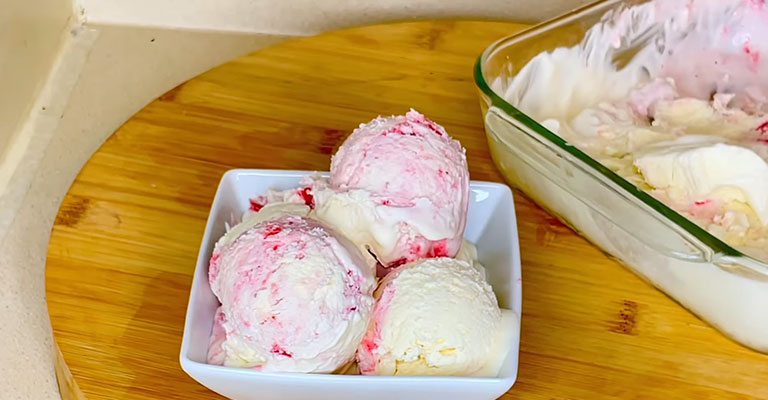
Troubleshooting gritty ice cream involves identifying the root causes of the texture issue and taking specific steps to rectify them.
Here’s a guide to help you address and fix gritty ice cream:
Improper Freezing and Storage
- Issue: The ice cream was not frozen or stored at the correct temperature.
- Solution: Ensure your freezer is set to an optimal temperature, around -20°F (-29°C). Avoid frequent opening and closing of the freezer door to maintain a consistent temperature.
Over-Churning
- Issue: The ice cream was churned for too long, introducing excessive air and resulting in a gritty texture.
- Solution: Follow the manufacturer’s instructions for your ice cream maker and avoid over-churning. This will help maintain a smooth texture.
Inadequate Fat Content
- Issue: The recipe used had insufficient fat, leading to a lack of creaminess in the ice cream.
- Solution: Use full-fat dairy products or adjust the proportions to ensure an adequate fat content for a smoother texture.
Incomplete Dissolution of Sugar
- Issue: Sugar was not fully dissolved in the mixture, resulting in a gritty texture.
- Solution: Ensure that sugar is thoroughly mixed into the base before freezing. Gentle warming and stirring can help dissolve sugar if needed.
Improper Emulsification
- Issue: The emulsification process was not executed correctly, causing fat and water molecules to separate.
- Solution: Mix the ingredients thoroughly to create a stable emulsion. This will help prevent the formation of a gritty texture.
Inadequate Stabilizers or Emulsifiers
- Issue: Insufficient use of stabilizers or emulsifiers led to the separation of water and fat in the mixture.
- Solution: Follow the recipe’s instructions regarding stabilizer and emulsifier usage. These ingredients help maintain a smooth consistency.
Low-Quality Ingredients
- Issue: Poor-quality dairy or other ingredients were used, affecting the overall texture of the ice cream.
- Solution: Start with fresh, high-quality ingredients to ensure a smooth and creamy result.
Improper Pasteurization
- Issue: The pasteurization process was not done correctly, leading to texture issues.
- Solution: Ensure that the ice cream base is pasteurized at the correct temperature and for the appropriate duration. This is crucial for both safety and texture.
Refreezing Thawed Ice Cream
- Issue: Ice cream was allowed to thaw and then refrozen, resulting in the formation of large ice crystals and a gritty texture.
- Solution: Avoid thawing and refreezing ice cream. If it does thaw, consume it promptly or use it in a recipe.
FAQs
Why does my ice cream have a gritty texture?
Gritty ice cream is often the result of large ice crystals forming during freezing, which can be caused by factors like improper freezing temperatures or over-churning.
Can using low-fat dairy products lead to gritty ice cream?
Yes, using low-fat or skim milk can result in a less creamy texture, as fat is crucial for achieving smoothness in ice cream.
How does incomplete sugar dissolution contribute to gritty ice cream?
When sugar is not fully dissolved, it can create a grainy texture in the ice cream mixture.
Can improper pasteurization affect ice cream texture?
Yes, under-pasteurization can lead to the growth of unwanted microorganisms, while over-pasteurization can denature proteins, both of which can impact texture.
Why should I avoid refreezing thawed ice cream?
Thawing and refreezing ice cream can cause the formation of large ice crystals, resulting in a gritty texture.
To Recap
The quest for the perfect ice cream hinges on meticulous attention to detail. Gritty ice cream is often the result of various factors such as improper freezing, over-churning, inadequate fat content, and incomplete sugar dissolution.
Achieving the ideal texture requires quality ingredients, optimal fat ratios, complete emulsification, and the right balance of stabilizers and emulsifiers.
The art of ice cream-making entails precision in pasteurization, vigilance against refreezing, and a keen understanding of the interplay between ingredients and techniques.
By addressing these issues and adopting the tips provided, one can consistently create ice cream that’s velvety, creamy, and a pure delight for the palate.
